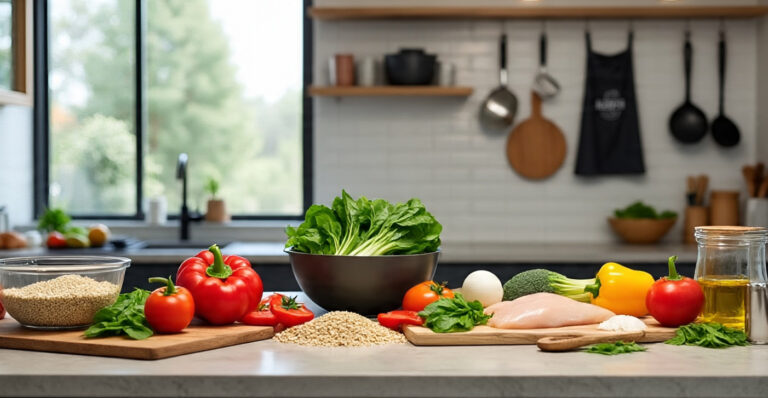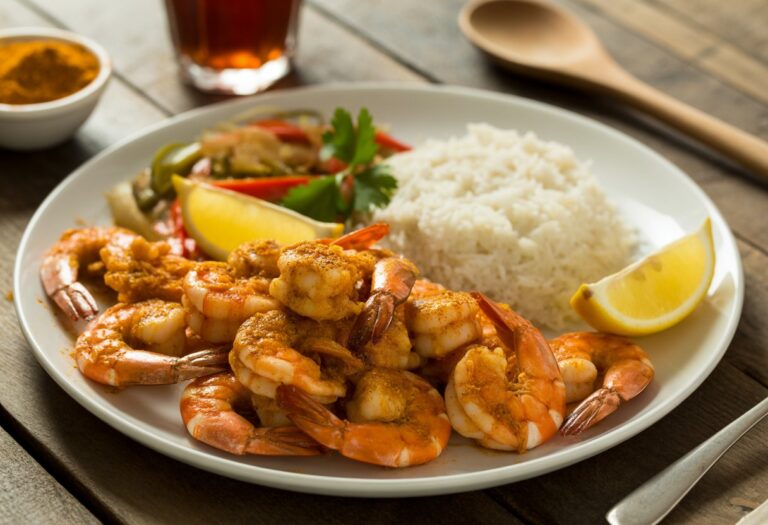Very Moist Banana Bread Recipe Guide For Perfect Results
A moist banana bread recipe is easy to make and delivers a soft, tender loaf every time. The key to success is using very ripe bananas and the right combination of ingredients like butter, sugar, and sometimes sour cream or oil for extra moisture. This straightforward approach ensures the bread stays fluffy and rich with banana flavor.
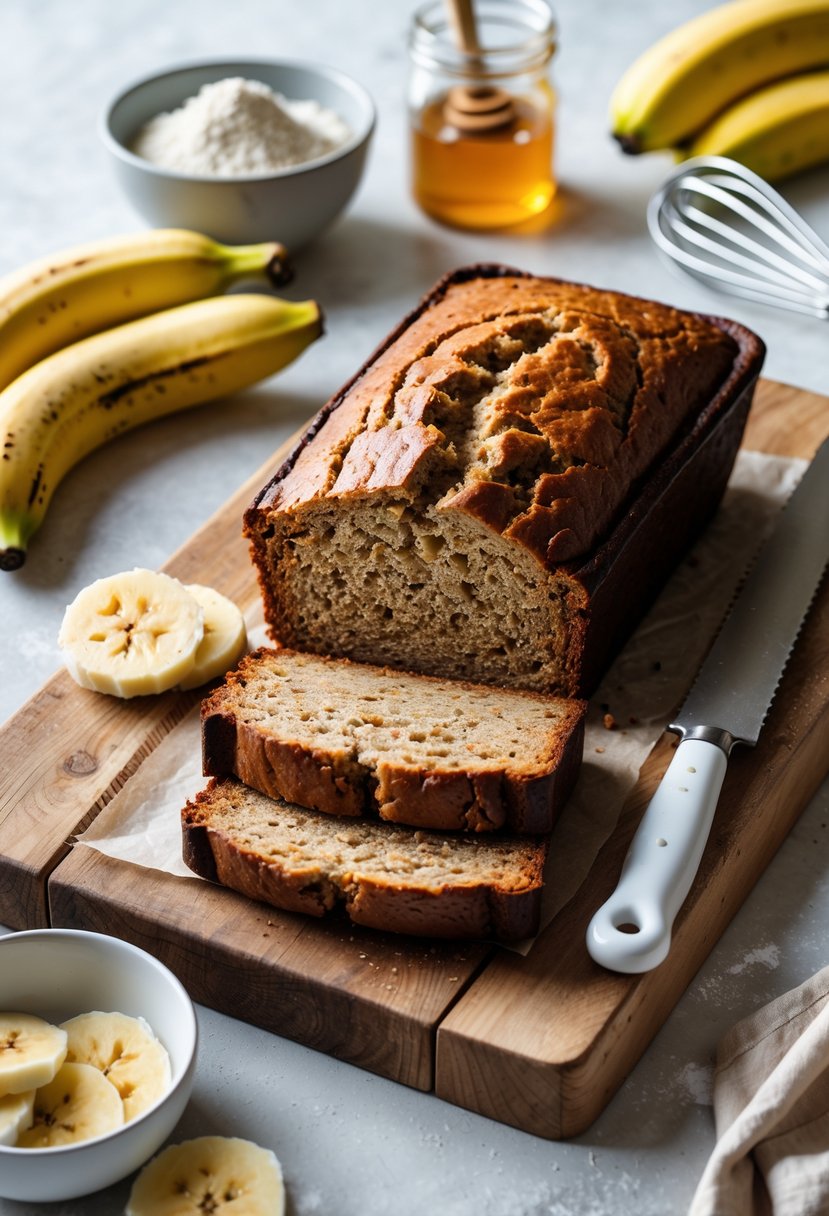
Many people think making moist banana bread is complicated, but it can be done with just a few simple steps. Mixing by hand and baking in one bowl reduces prep time and keeps the bread from becoming dense. Paying attention to ingredient freshness and baking time helps avoid common problems like dryness or heaviness.
The best moist banana bread comes from using ripe bananas, balancing wet and dry ingredients, and baking just long enough for a tender crumb. These tips make it easy to enjoy a perfect homemade loaf any time.
Key Takeaways
- Ripe bananas and moisture-rich ingredients are essential for moist banana bread.
- Simple mixing techniques help keep the bread light and tender.
- Proper baking time prevents dryness and ensures a soft texture.
Ingredients For Moist Banana Bread Recipe
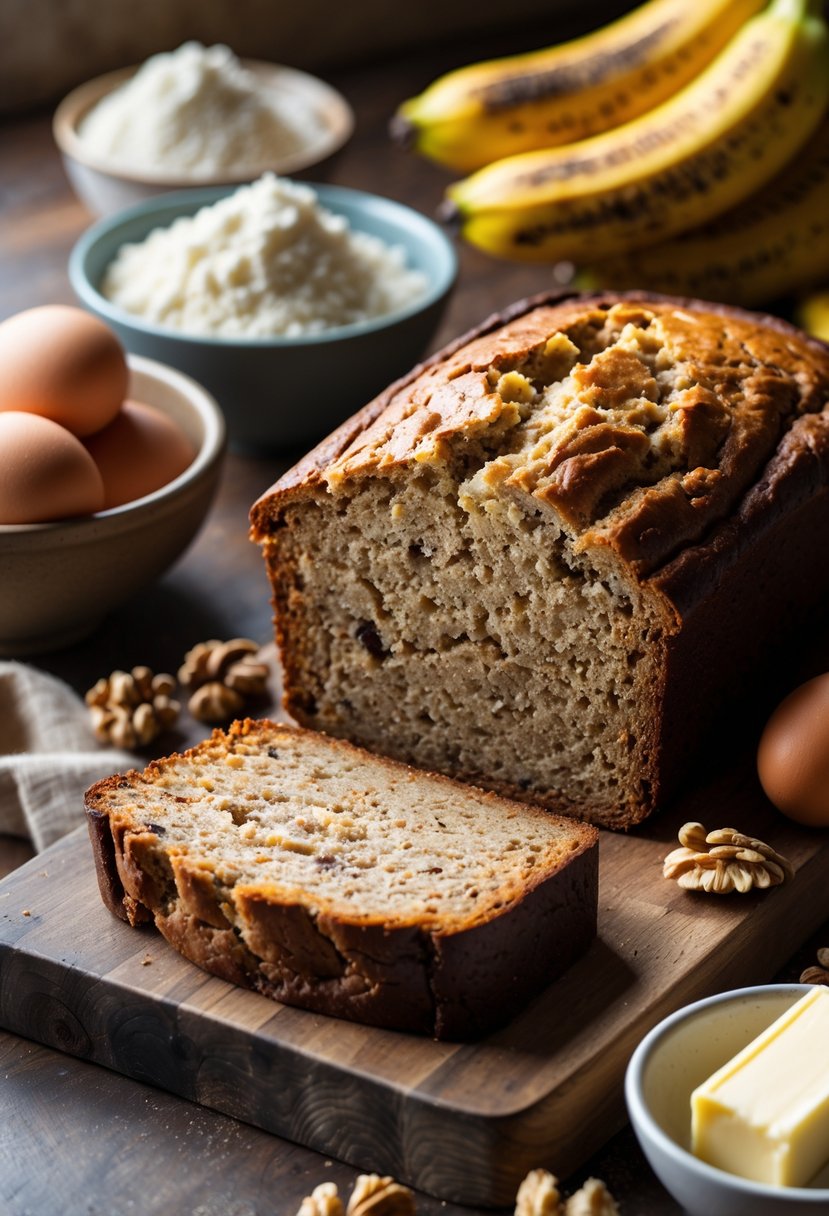
Moist banana bread depends on using the right ingredients that balance flavor, texture, and rise. A baker must focus on ripe bananas for natural sweetness, select appropriate sugars to enhance taste and moisture, and use the correct leavening agents to achieve a tender crumb. These elements work together to create the classic moist texture and rich banana flavor.
Ripe Bananas and Banana Flavor
Ripe bananas are the foundation of moist banana bread. They provide natural sweetness and moisture, which is key to a soft texture. The bananas should be very ripe, with brown spots or fully brown skins, as this ensures they are soft enough to mash easily.
Mashed bananas release flavor oils and sugars that enhance the bread’s taste. Using three large ripe bananas is common in most recipes. Overripe bananas intensify the banana flavor and reduce the need for extra sugar.
Vanilla extract often complements the banana flavor by adding a subtle sweetness and aroma without overpowering the fruit. Together, mashed bananas and vanilla deliver the bread’s signature taste.
Choosing the Right Sweeteners
Sweeteners do more than add sweetness; they impact moisture and texture. A combination of white sugar and light brown sugar is ideal. White sugar sweetens without adding moisture, while light brown sugar contains molasses, which adds moisture and a slight caramel flavor.
Using only white sugar can risk a dryer loaf, while all brown sugar may cause the bread to be too dense or overly moist. A common balance is ¾ cup white sugar and ¼ cup light brown sugar for a tender crumb that stays moist.
Sweeteners also aid in browning, giving the bread an appealing golden crust. Adjusting the sugar ratio slightly can tailor sweetness and texture without harming moisture.
Leavening Agents: Baking Soda and Baking Powder
Baking soda and baking powder help the bread rise and create a light texture. Baking soda reacts with the acid in ripe bananas and ingredients like sour cream or yogurt. This reaction produces carbon dioxide, which lifts the batter as it bakes.
Recipes often call for 1 teaspoon of baking soda. Baking powder, a combination of acid and base in one, can be used in recipes that don’t have enough natural acid. It offers a gentler rise and a more even crumb.
Using both leavening agents can balance the rise and texture. However, too much baking soda can cause a metallic taste, and too little may result in a dense loaf. Accurate measuring is critical for the perfect moist banana bread.
Expert Method for the Best Banana Bread

Making moist banana bread requires attention to ingredient quality, mixing techniques, and baking details. Using ripe bananas, balancing wet and dry components, and controlling oven temperature are essential. Adjusting flavor with spices and optional add-ins can enhance the final loaf while keeping the texture soft and tender.
Step-by-Step Preparation
Start with 3 to 4 ripe bananas, mashed until smooth. Using ripe, spotted bananas ensures strong flavor and natural sweetness. Melted butter is preferred over oil for richer taste, combined with half a cup of sour cream or plain yogurt to add moisture and density.
Mix sugars (both brown and white) with the butter-banana blend, then add two large eggs and vanilla extract. Dry ingredients include 1½ cups of all-purpose flour, 1 teaspoon baking soda, ½ teaspoon baking powder, ½ teaspoon salt, and ½ teaspoon ground cinnamon. Adding a small pinch of nutmeg is optional for warmth.
Mix wet and dry ingredients gently by hand to avoid over-mixing, which can make bread tough. Grease a 9-inch loaf pan, fill it about two-thirds full, and bake at 350°F for 60 minutes. Cover the top with foil after 45 minutes to prevent over-browning. Test doneness with a toothpick inserted in the center.
Tips for Achieving Perfect Moistness
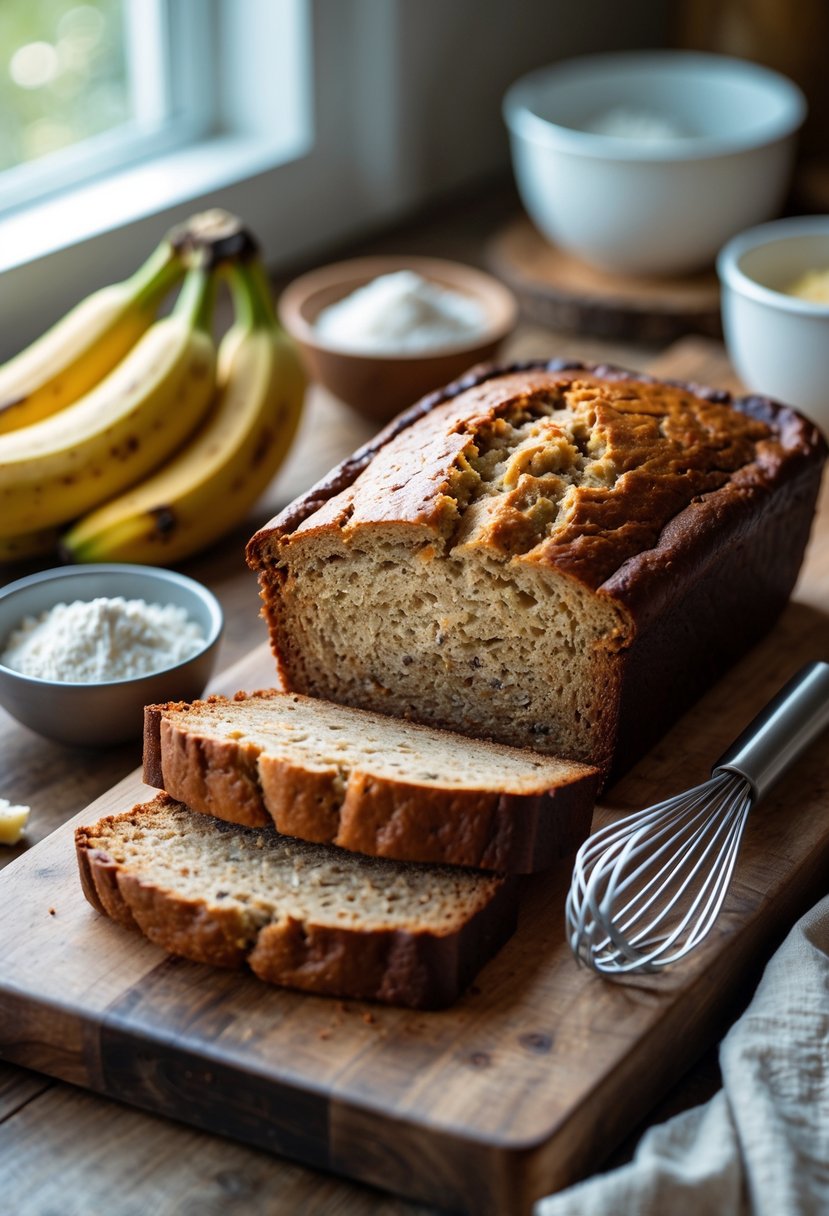
Use sour cream, yogurt, or buttermilk as the key moisture agents. These ingredients add tang and keep the crumb tender. Melted butter helps maintain richness without drying out the loaf.
Avoid over-mixing the batter. Stir just until ingredients combine. Overworked flour develops gluten, making the bread dense and dry. Mix by hand, not with an electric mixer.
Bake at the correct oven rack position, ideally middle or lower middle. This placement prevents the crust from browning too fast. Tent with foil to keep the top soft after 45 minutes of baking.
Let the bread cool in the pan for about an hour. This helps the loaf set and stay moist when sliced. Wrap leftover bread tightly with plastic wrap or store with paper towels to trap moisture without causing sogginess.
Add-Ins and Flavor Variations
Adding extras like toasted walnuts, pecans, or raisins can add texture without harming moisture. Use no more than ½ cup to keep balance.
Chocolate chips are popular too, adding sweetness and richness. For warm spice notes, increase cinnamon to 1 teaspoon and add ¼ teaspoon ground nutmeg.
For a dairy-free option, swap sour cream with mashed avocado or applesauce, though moisture levels and texture may change slightly.
These variations allow homemade banana bread to suit different tastes while keeping the soft, moist crumb that makes it a favorite quick bread. For more detailed recipes, check the best moist banana bread recipe ideas online.
Common Issues and Troubleshooting
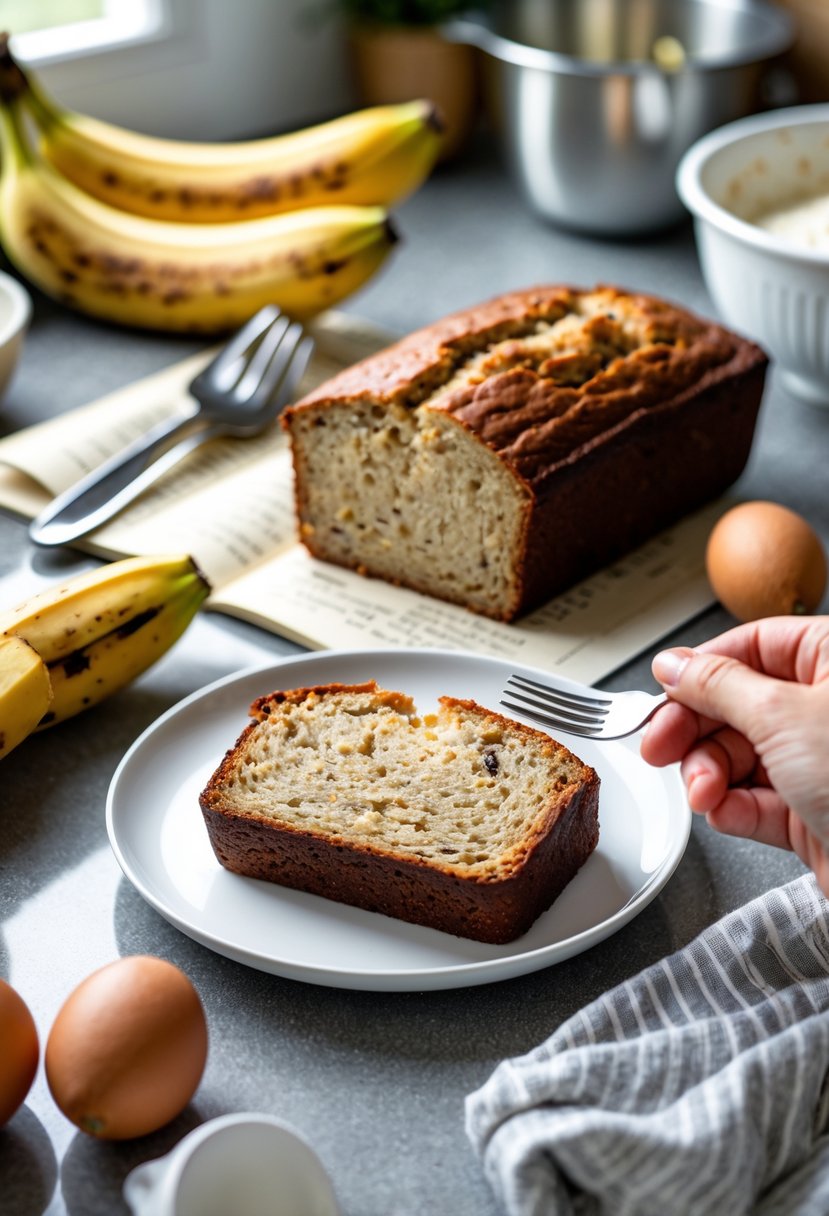
Moist banana bread can be tricky if certain steps aren’t followed carefully. Key concerns often come down to texture problems like dryness or density, and how to best handle frozen bananas when used in recipes.
Avoiding Dry or Dense Texture
Banana bread turns dry or dense mostly due to overmixing or baking too long. Overmixing develops gluten in the flour, which makes the bread heavy. It is best to mix the batter just enough to combine ingredients.
Overbaking is another common cause of dryness. Baking time should be carefully monitored, checking the loaf a few minutes before the timer ends. A toothpick inserted should come out with moist crumbs, not fully clean.
Using very ripe bananas adds moisture and natural sweetness. Adding ingredients like yogurt or sour cream can also improve the texture. Measuring flour correctly—spooning it into the cup instead of scooping—prevents using too much flour, which leads to density.
Using Frozen Bananas Effectively
Frozen bananas are popular for banana bread but require proper handling. Thaw bananas fully at room temperature or in the fridge before mashing. Excess water from thawed bananas should be drained or patted dry to avoid making the batter too wet.
Freezing bananas changes their texture, making them softer and easier to mash. This helps naturally add moisture. However, when using frozen bananas, slightly reduce other liquids in the recipe to balance moisture content.
If planning to freeze banana bread, cool it completely before wrapping tightly. Freeze in airtight bags or containers to preserve texture and flavor. This way, the bread stays moist and fresh when reheated later.
For more tips on handling overripe or frozen bananas, visit how to fix common banana bread mistakes.
Storage, Freezing, and Serving Tips
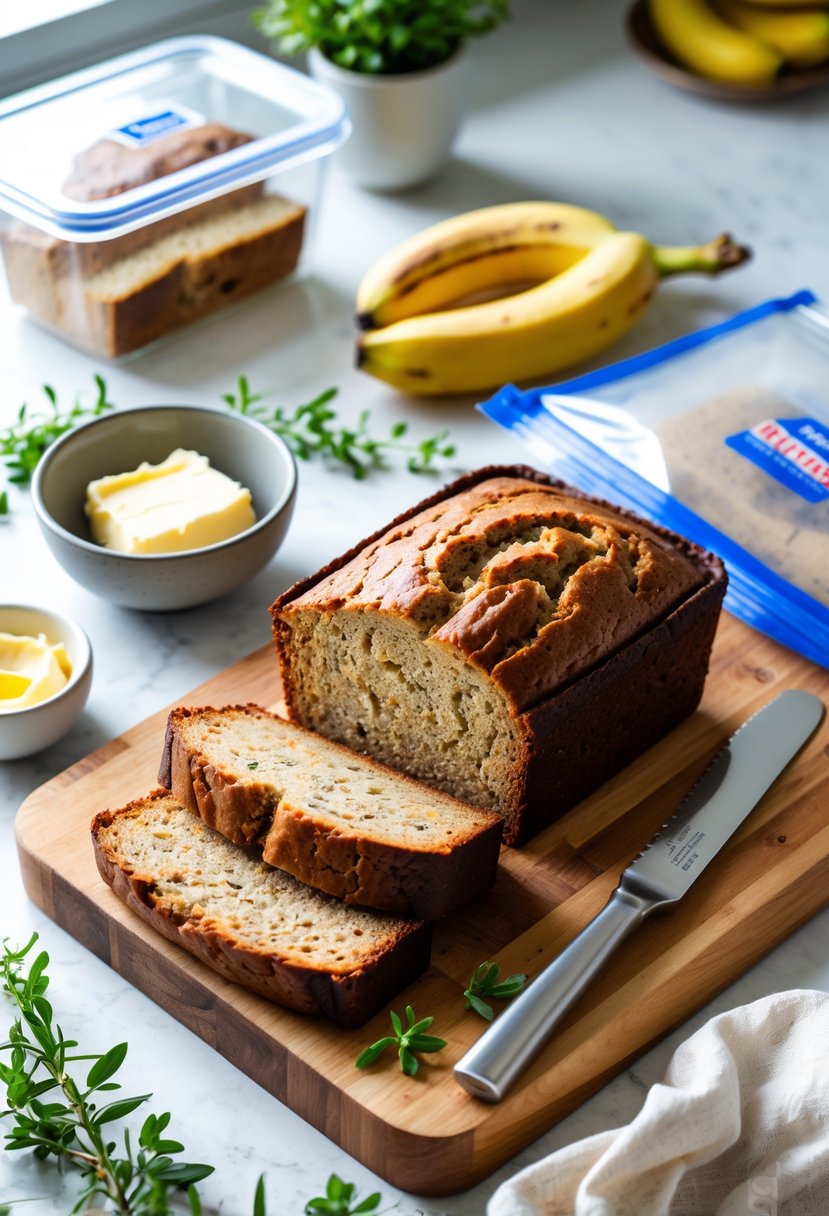
Banana bread stays fresh longer when stored properly. It should be kept airtight and at the right temperature. Freezing extends its life without losing moisture or flavor. Proper thawing keeps the texture soft and ready to eat.
How to Store Banana Bread
Banana bread should be stored in an airtight container or wrapped tightly in plastic wrap. At room temperature, it will stay fresh for about 2 to 3 days.
If it needs to be kept longer, refrigeration is an option. Wrapped well, banana bread can last up to a week in the fridge. However, refrigeration may cause the bread to dry out slightly, so reheating can help restore moisture.
Slices should be kept together to maintain softness. Avoid leaving the bread uncovered, as this causes it to become stale faster. For detailed tips, see how to store banana bread properly.
Best Practices for Freezing Banana Bread
Freezing is the best method to keep banana bread for weeks without spoilage. The bread should be wrapped tightly in plastic wrap, then placed in a sealed freezer bag. For convenience, individual slices can be frozen separately.
Frozen banana bread stays good for up to 3 months. To thaw, remove the bread from the freezer and leave it at room temperature for a few hours.
For a warm, fresh taste, reheating the thawed bread in the oven or microwave helps bring back softness. Proper freezing and thawing ensure the bread keeps its moist texture and flavor. More on freezing banana bread can be found here.
Frequently Asked Questions
Moisture in banana bread depends on ingredient choices and mixing methods. Sugar types can affect flavor and texture. Adding sour cream changes both moisture levels and taste in specific ways.
How can I ensure my banana bread stays moist?
Using very ripe bananas with dark brown spots increases natural sweetness and moisture. Adding sour cream or Greek yogurt helps maintain softness for several days. Avoid overmixing the batter to keep the crumb tender and prevent dryness.
Can I use brown sugar instead of white in banana bread?
Yes, brown sugar can replace white sugar entirely or partially. It adds caramel notes and extra moisture. This substitution slightly changes flavor but improves the bread’s softness and richness.
How can sour cream be incorporated into banana bread?
Sour cream is mixed into the wet ingredients along with eggs, butter, and mashed bananas. It enhances moisture and adds subtle tanginess. Greek yogurt can be used as a one-to-one substitute if sour cream is not available.



